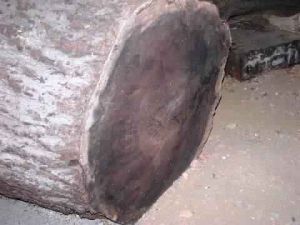
Walnut Burls
We sell Black English Walnut BURLS which are in high demand among high end furniture manufacturers, Gun Stock, Musical Instruments and Genral public for various wooden articles.One of the best wood for it's natiral color, grain and appearance. Walnut burl is expensive than plain English Walnut. We import from USA, South America in log form. Inquiries are welcome for container supply.
...more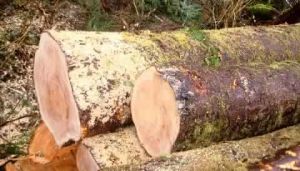
SPF flooring wood
Four species, White Spruce (Picea glauca), Engelmann Spruce (Pice aengelmannii), Lodgepole Pine (Pinus contorta), and Alpine Fir (Abies lasiocarpa) comprise the spruce-pine-fir species group. All yield high grade timber with relatively small, sound tight knots. Lumber produced from spruce-pine-fir Species is marketed together as SPF. SPF is ideal for residential and commercial construction due to it's low cost and high strength to weight ratio. Western SPF lumber tend to be available in larger sizes than eastern SPF due to the climate and size of logs. The combination of the species and growth conditions in western Canada result in tall straight trees which produces strong straight lumber that when dried correctly is stable and ideal for construction. SPF lumber is currently used heavily in India - not only in interiors and door manufacturing industry- economy grade is also used in fillings, pallet making industry. Quality of wood is way different than what end user gets from Russia. SPF has been used extensively in North America for structural applications in wood-frame construction – the construction method of choice for almost all single-family homes. And now, countries in Europe and Asia seeking economical and durable construction to replace aging or damaged housing or to house growing populations are looking to wood-frame construction and SPF for practical solutions. Wood-frame construction most often takes place on site, but there are many cost and quality advantages to using premanufactured components such as trusses and walls. A number of Canadian manufacturers make prefabricated buildings and building components and SPF lumber is the primary building material of choice. Buildings and building components such as wall and roof panels can be compactly packed in containers and shipped economically. Whether constructed on site of from premanufactured components, wood-frame construction is a fast, light, proven way of building houses, apartments and even commercial buildings. It is supported by a vast amount of research and testing to meet the most difficult climatic conditions.
...more
redwood lumber
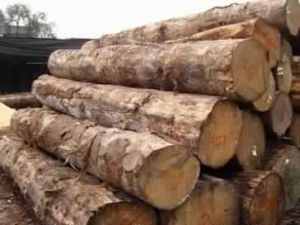
Radiata Pine Logs
Strength: Radiata pine is a versatile and readily available timber, suitable for a wide variety of end-use applications. Durability: Low level treatment such as boron is recommended to future-proof against insect attack in areas completely protected from moisture, such as furniture and the framing of internal walls of buildings. The timber is easily treated for all Hazard Class applications. Working properties: Tests have confirmed that radiata pine machines well for most applications and compares favourably with a variety of other internationally traded timbers. Appearance : The heartwood of radiata pine is an even light brown to chestnut brown in colour, the sapwood is creamy white. Description: Radiata pine heartwood is an even, light brown to chestnut brown colour, the sapwood is creamy white. Resin canals are present as fine brown lines in the latewood part of the growth rings, especially on radial surfaces, and these can be a handy means of identification. Texture is fine but uneven.The contrast in colour and texture between early and latewood bands (growth rings) in flat-sawn timber is relatively moderate compared with other pines and conifer species. The veneer has a moderate-to-high lustre. Common features in most Pinus species, including radiata pine, are: knots, cone stem holes and pine-needle flecks.Radata pine is a versatile and readily available timber, suitable for a wide variety of end-use applications. It produces wood that is very acceptable to the construction industry. The bark is rich in tannins and suitable for use in the manufacture of adhesives; it also contains some wax, which may have possible use in water repellents. It is suitable for framing, industrial uses, posts, cladding, decking, interior finishes and trims, and everyday furniture.Most of the wood, therefore, is easy-to-dry and easy-to-treat sapwood. This is an advantage over many Northern Hemisphere conifers, which are largely heartwood. Durability: Low level treatment such as boron is recommended to future-proof against insect attack in areas completely protected from moisture, such as furniture and the framing of internal walls of buildings. Because radiata pine is easily treated, the timber can be obtained to give appropriate durability in any of the Hazard Classes from H1 to H6. Mechanical Properties: At 12 percent moisture content, the density of radiata pine varies from 560 kg/m3- from low-altitude growth sites from the Waikato northwards, to 460 kg/m3 in timber supplied from Otago and Southland. The average density figure for the whole country is 500 kg/m.Most of the density variation is related to the average temperature during the growing season: the cooler the site, the lower will be the wood density, hence the decrease with altitude and latitude.Please note these comparative measures of strength are “laboratory” values using standardised short lengths of clear timber. For the properties of structural length timber please see the tables under the structural design section.
...more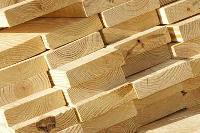
Pine Lumber
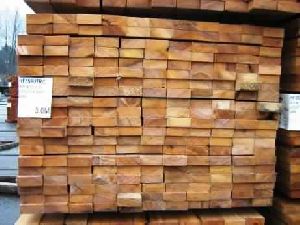
Hemlock Lumber
General Description:Neither the tree nor the timber bears close similarity to eastern hemlock. The timber of western hemlock is pale brown in colour and somewhat lustrous, with a straight grain and fairly even texture, non-resinous and non-tainting when dried, it has a faint sour odour when freshly sawn. The darker-coloured late-wood bands have a reddish or purple cast and produce a well-marked growth-ring figure on plain-sawn surfaces. with an occasional short, purplish-coloured line here and there on the wood. The growth-rings are less prominent than those of 'Douglas fir'. The timber weighs about 500 kg/m³ when dried. Mechanical Properties:Good - The timber works readily with all hand and machine tools with little dulling effect on cutting edges. A good finish is obtained in planing and moulding, but cutters must be kept sharpened. It can be glued, stained, painted and varnished, and takes a good polish. It can be screwed and nailed, but although it is less inclined to split in nailing than 'Douglas fir', it should be pre-bored if nailing takes place close to the ends of dry boards. Seasoning: The initially high moisture content of this species requires care in drying processes in order to avoid surface checking, and to ensure uniform drying throughout the thickness. Warping and twisting tendencies are usually low.
...more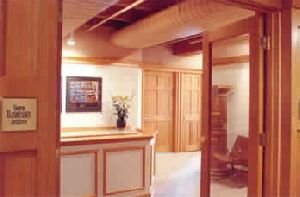
Douglas Fir Lumber
Douglas Fir is Canada’s largest tree. It is found throughout the southern half of British Columbia and extends into south-western Alberta. The species reaches its northern limit near the Queen Charlotte Islands. The Wood The sapwood is light in color and of narrow width. The heartwood ranges from yellowish to reddish-brown. Earlywood and latewood have a pronounced difference in color, the latewood having darker, more sharply defined bands. This color difference results in a distinctive grain pattern when flat-sawn. The wood has a fine to medium texture, straight grain and is non-porous. Physical Properties This species is one of Canada’s strongest commercial softwoods with high bending strength, shear strength and stiffness. Its hardness and high resistance to abrasion make it suitable for uses where wear is a factor. Its heartwood is moderately decay resistant and the wood treats moderately well. Working Properties Douglas Fir dries easily and rapidly, with little tendency to check and with good dimensional stability. It machines reasonably well, has excellent turning properties, glues well and has moderate nail and screw holding ability. It can be stained or painted to a very good finish. Density (air dry average): 540 kg/cubic meters Specific gravity (oven dry average): 0.51 Modulus of elasticity: 13 500 MPa Modulus of rupture: 88.6 MPa
...more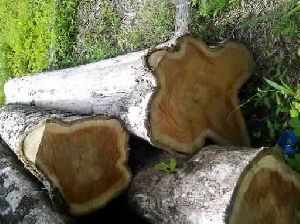
Brazillian Teak
Brazilian Teak from South America varies from a medium tan brown to a dark reddish brown with some pieces displaying a black striping. Brazilian Teak "light" is actually a different species, Southern Chestnut. Brazilian Teak, unlike most exotics, undergoes very little color change due to sun light. It is one of the densest woods available at 280% as hard as domestic red oak.
...more
Lumbers

Timber
Be first to Rate
Rate ThisOpening Hours